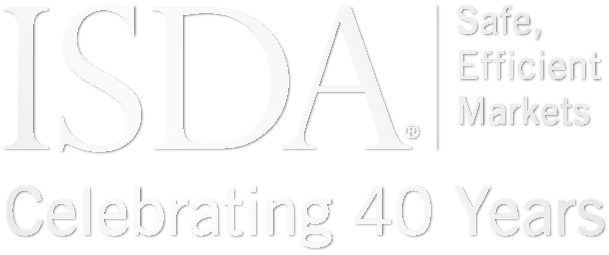ISDA, FIA and the Global Financial Markets Association (GFMA) jointly submitted a response to the European Securities and Markets Authority’s (ESMA) call for evidence on position limits under the revised Markets in Financial Instruments Directive (MIFID II).
The MIFID II commodity derivatives position limits regime is an entirely new regime in the EU, and has no equivalent in other jurisdictions. For this reason, it was a long and difficult implementation exercise and it is still early to see whether the application of limits have effectively met the objectives behind the legislation.
FIA and ISDA members therefore consider that ESMA and policy-makers, in their review, should concentrate on a few features rather than a comprehensive re-writing of the regime.
Market participants have identified three main areas of focus:
- The application of limits to new and illiquid contracts, where exchanges, dealers and end users have raised concerns that the existing limits, even with the flexibility granted under ESMA RTS 21, are a hurdle to the development of markets for new contracts. This response includes specific examples to support the view that the regime applied to new and illiquid contracts should be amended.
- The scope of contracts covered by limits. The definition of financial instruments – and of commodity derivatives – has led to extensive discussions as to whether some securities or some derivatives with no underlying physical commodity should be subject to position limits just because the cross references between MIFID and MIFIR suggest that they are ‘commodity derivatives’. Market participants support the objectives of the legislation and particularly the prevention of excessive speculation on underlying commodities such as food commodities. However, they would welcome the idea raised by ESMA of limiting the regime to a ‘set of important, critical derivatives contracts’.
- The scope of the hedging exemption. While the position limits regime includes exemptions for market participants pursuing hedging activity, the MIFID II definition of hedging as set out in RTS 21 is clear that only non-financial entities can engage in such activity, thereby rendering the exemption unavailable to investment banks or commodity trading houses that are MIFID II authorised, which both play a vital role in providing smaller commercial players with access to commodity derivatives markets.
Documents (1) for Response to ESMA Call for Evidence on Position Limits under MIFID II
Latest
ISDA Response to ESMA on CCP Model Validation
On April 7, ISDA responded to the European Securities and Markets Authority’s (ESMA) consultation on draft regulatory technical standards (RTS) under article 49(5) of the European Market Infrastructure Regulation (EMIR), on the conditions for an application for validation of model...
Scott O'Malia Testimony on US Treasury Clearing
On April 8, ISDA CEO Scott O'Malia testified on the implementation of mandatory US Treasury clearing before the US House of Representatives Committee on Financial Services Task Force on Monetary Policy, Treasury Market Resilience, and Economic Prosperity. “The US Treasury...
Joint Letter on Changes to French General Tax Code
On March 31, ISDA, the Association for Financial Markets in Europe (AFME) and the International Securities Lending Association (ISLA) sent a letter to the French tax authority about changes being made to Articles 119 bis A and 119 bis 2...
Cross-product Netting Under US Capital Rules
ISDA, FIA and the Securities Industry and Financial Markets Association (SIFMA) have developed a discussion paper to: (i) provide an overview of cross-margining programs developed by clearing organizations and their importance in the context of implementing recent market reforms with...


